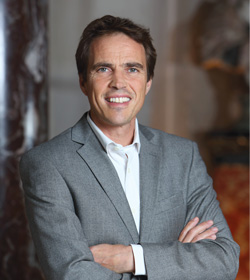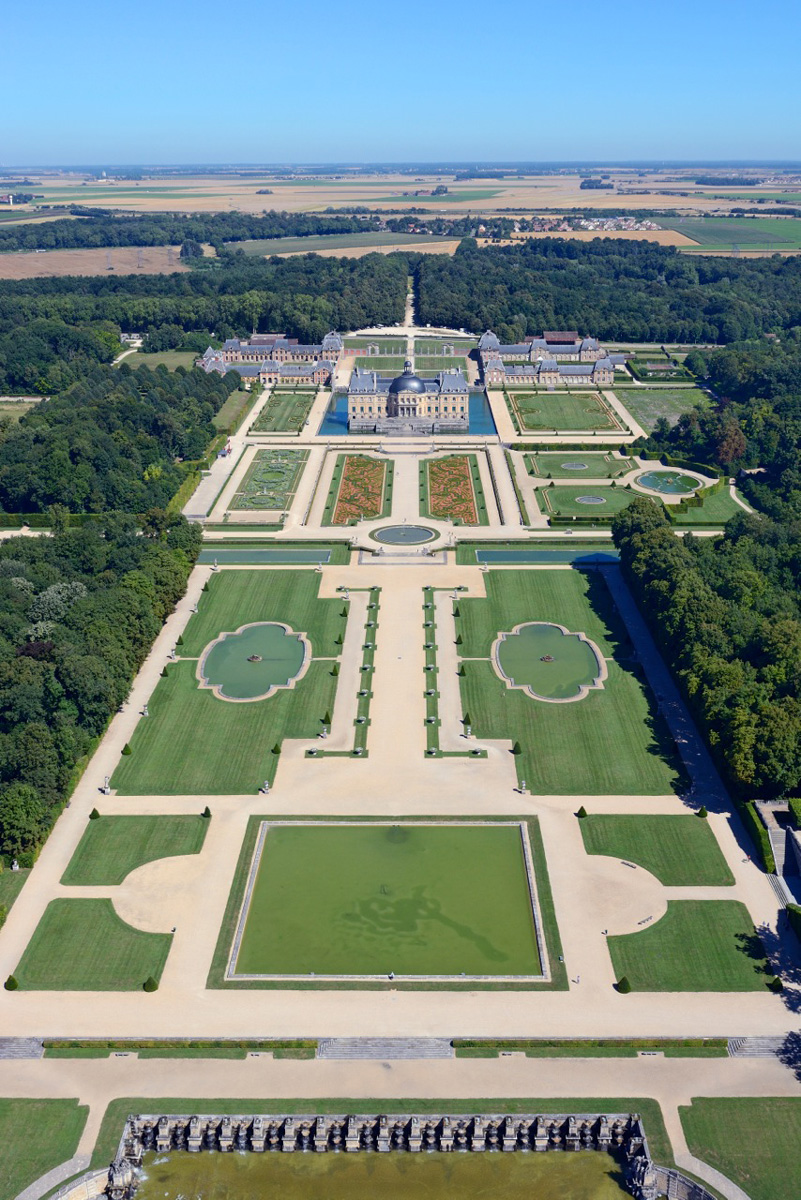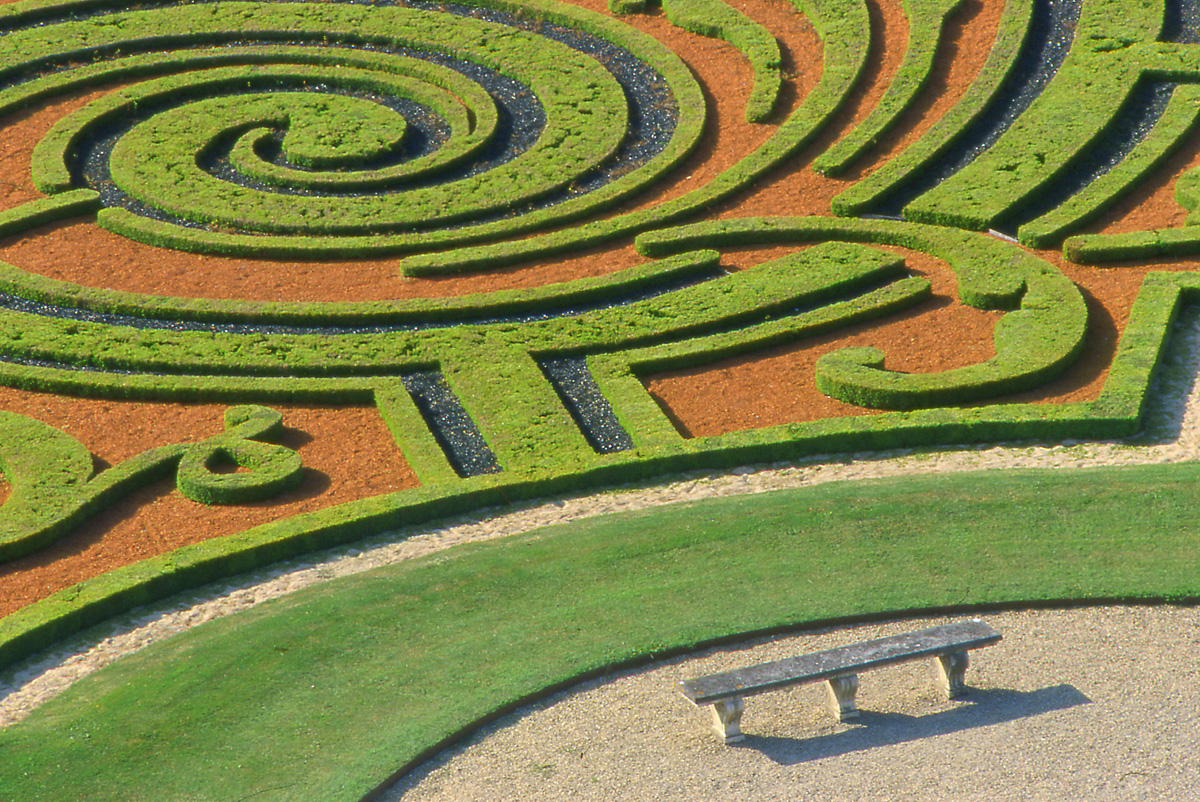A Propos des Jardins: A Conversation with Alexandre de Vogüé
Posted in Adult Education on February 16 2015, by Plant Talk

Next week, we take an intimate look into André Le Nôtre’s 17th-century masterwork of the formal gardens of Château de Vaux le Vicomte outside of Paris as part of our 15th annual Winter Lecture Series, Le Jardin Français. During his presentation Thursday, February 19, the co-proprietor and fifth-generation owner of this landmark family estate, Alexandre de Vogüé, will give examples of Le Nôtre’s design audacity and walk listeners through the ongoing and ambitious landscape restoration he currently oversees in his presentation, “Vaux le Vicomte: From Le Nôtre to Today.”
Monsieur de Vogüé was gracious enough to answer a few questions we had for him in advance of his lecture.
Q: What levels of restoration in planting are you currently attempting? Are you planting the same plants as Le Nôtre’s original design, or are you making modifications?
 A: We’ve done three planting works in the last 18 months. In the winter of 2012 to 2013, we re-aligned the trees along the Grand Canal with 237 linden trees (Tilia cordata) to replace the chestnut trees, which had become too fragile and dangerous to the public. The fragility was caused by their age and by the horse-chestnut leaf miners.
A: We’ve done three planting works in the last 18 months. In the winter of 2012 to 2013, we re-aligned the trees along the Grand Canal with 237 linden trees (Tilia cordata) to replace the chestnut trees, which had become too fragile and dangerous to the public. The fragility was caused by their age and by the horse-chestnut leaf miners.
This winter, we are planting the Quinconce row for the same reasons. Linden trees and hornbeams (Carpinus betulus) have been chosen also for their adaptability to the difficult soil, made essentially of clay.
Elm trees were very common in classic gardens during the 17th century. Because elms all almost disappeared since then because of Dutch elm disease, our idea is to find a species that has the same profile, for allées, for example, but is disease-free. This makes the choice very difficult, if I may say.
Q: Vaux le Vicomte hosts public events. What future events do you have planned for people with passions for gardening, garden history, and landscape design?
A: We just set up two itineraries in the garden to attract visitors to the garden for them to enjoy it, and therefore understand it. We give visitors some key elements of understanding of what makes a French formal garden through orientation tables, explanation panels, and a game for kids. The second loop of our plan explains how the garden has been designed, with information about the construction site.
Of particular interest is the flowerbed that Nicolas Fouquet wanted to have in his garden. Landscape designer Louis Benech designed it for installation this year. Although we don’t have information about the plants and species chosen at the time of Fouquet, we respect the patterns of the flowerbed, but feel very free in choosing plants.

Q: And finally, to oblige a more personal question, did you live in the château during your childhood? If so, what was it like having the garden grounds as a playground?
A: Yes, I lived in the château with my family until I was two. Then, we moved to the east outbuildings. I thought at the time that I was lucky to enjoy such a huge playground, where I pretended to be Davey Crocket, running through the woods, constructing wooden shacks and sleeping there, but being scared of the noises of the forest at night. I ran through the rooms of the château at night and once jumped on the King’s bed, not realizing it was a fake one made of wood, and hurt myself.
Since coming back three years ago, I have realized the huge privilege of living there. I sometimes have a drink with my wife, overlooking the garden when all the visitors have left. Being so close to nature, being almost part of it during these moments, is a great pleasure I enjoy almost every day, even if it is a very manicured nature. It’s green plants and trees, isn’t it?
Alexandre de Vogüé presents Thursday, April 19, at 10 a.m. in the Ross Hall at the Garden. Click here for more information and to register.

